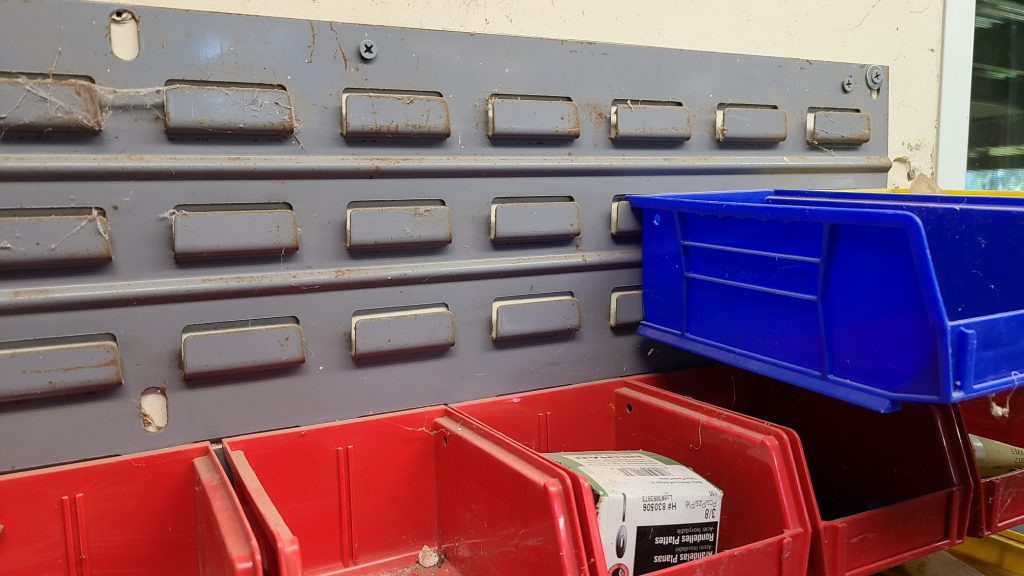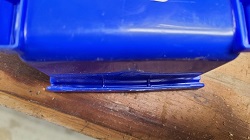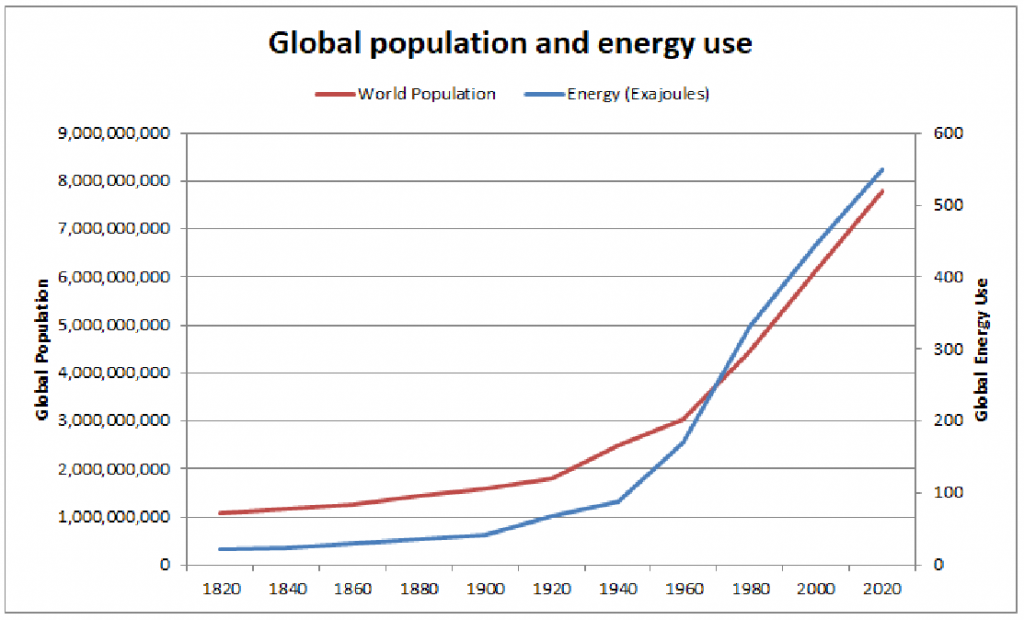As far back as I can remember I have had vivid, fun dreams. For example, I dream of flying on a regular basis. In these dreams I need a board like a swimming pool kick board to guide me though the air. I start by giving a little jump heading toward the ground with the board held out in front of me sort of like diving into a pool. Just before I hit the ground I gain enough speed to fly and then can turn toward the sky. While the dreams are vivid, and sometimes easy to recall, they are always obviously dreams and things just seem to happen to me in them. I go along for the ride but don’t really have much control. In fact, whenever I try to control them (such as when running away from a bad guy), I find that I am mired down in some sort of impossible situation where I can barely move, much less run. The harder I try to move, the more difficult it becomes. However, after many years of experiencing these kinds of vivid dreams I started having dreams of an entirely different level of “reality.” I started having what are sometimes called lucid dreams, dreams so real and so solid that my experiences of them have the same quality of being “real” as when I am awake – assuming I am ever actually awake.
Starting about 1995 I began having lucid dreams that are of an entirely different nature from my normal vivid dreams when I experience things, but somehow lack control. These lucid dreams often include a small group of friends and/or teachers. These dreams are extremely realistic; in fact they are so realistic that sometimes they involve group discussions with some of my Toltec friends where we are trying to decide the difference between these types of dreams and real life – often concluding that they are real life. For example, a few years ago I had a dream where Ramin and some of our friends were sitting in my living room trying to figure out if we were in a dream, or if we were actually awake. Everything looked, felt, tasted and smelled normal. We did all sorts of things to try to identify a difference, but couldn’t find anything. There was nothing that we could find that gave it away. At one point someone was arguing that it had to be real because they were having their own thoughts and I couldn’t dream their thoughts for them. In this particular dream we couldn’t come to a decision until I woke up. Then I got up from my bed and started into my “real” life, going to the bathroom and starting to take a shower – then I woke up again. I found myself in bed again, wondering what that was about. Mary Jo and I talked about this odd dream within a dream, and just sort of lay there warm and comfortable, when I woke up again! Now it was getting spooky, how many times do I have to wake up, and how do I know when I am actually awake? I guess this last one was the “real” one since I didn’t wake up again – but that is just a guess.
I used to try to see my hands in my dreams because that is what don Juan instructed Carlos Castaneda to do. While it was very easy to see things and look around, it was extremely difficult to remember to look at my hands. For one thing, it is quite difficult to even know that these dreams are dreams, they are so life-like that there is usually nothing that stands out and says “this is a dream.” I finally decided that the solution to this problem is to periodically look at my hands when I am awake – on the off chance that I am really not awake but asleep dreaming instead. This approach worked. I found that it was relatively easy to look at my hands, all that I had to do was do it. However, they are different looking in my dreams. My dream hands have five fingers and a thumb. The extra digit is a very useful thing. Now I don’t get confused and wonder if I am awake or asleep; all I have to do is look at my hands and if there are five fingers, I know that I am asleep and dreaming. I still don’t know if sometimes I have four fingers when I am dreaming, but at least some of the time it is obvious that I am dreaming.
This is very useful because it lets me know that I am dreaming, and then I can do things fully aware that they are dream actions. Carlos’ book, The Art of Dreaming, discusses practices that can be done to strengthen and broaden dreaming powers. He suggests things like learning to move purposefully. As he indicates, after a little practice it is possible to control movements; however, I don’t normally do that while in these types of dreams. Instead I “intend” my movements. I can just intend to be in a different place, and I am. I practiced this one time while dreaming I was in a large courtyard with my brother Michael. It started with him being at one end and myself at the other. Then I just intended myself to be next to him, and I was. I bounced around the courtyard like that for awhile, and then taught him how to do the same. That was all that this dream included, it was just an exercise in moving from place to place. I had another where I was in a room with a window. Outside of the window was a grassy field, with a billboard off in the distance. I practiced intending myself to the location of the billboard, and then from place to place after that.
In my normal dreams I do all sorts of things, but they are not necessarily under my control. These dreams can be very vivid, but are not what I mean by “lucid” dreams. Lucid dreams are somehow more than vivid dreams, in some mysterious way they seem to be somehow “real” rather than hallucinations. After some practice I got to the point where it because easy to “intend” movement within a dream. I finally got to the point that I can not only intend my dreaming movements, but I can intend the content of the dream. I wake up so fully in these dreams that I can purposefully do just about anything that I feel is important to do. Carlos indicates that after learning to move, change the content, and dream within dreams, one of the next steps is to start to identify the “real” things in dreams apart from the imagined things. He says that there are “allies” that inhabit these types of dreams, that we can identify them as “sizzling” energy, and that we can make use of our relationship with them. He talks about pointing to things within the dream and if they are allies, they will sizzle. I am at the point where that was the next step, but have stopped having these types of dreams altogether. I have a feeling that I just don’t have the energy to deal with these allies yet, maybe someday I will and maybe someday I will return to this type of dreaming practice.
Even though I no longer seem to be practicing according to Carlos’ directions, I still have lucid dreams, I just don’t practice this kind of control. These dreams are now almost always in the form of classes where one or more of my teachers is helping me along my spiritual path. I get instructions, demonstrations, and “homework assignments” just as I do from my awake teachers. I seem to have a male and a female teacher that keep coming back to give me instructions. In addition, now and then they bring others with them. Unfortunately, while I can recall the experience of having these dreams, I can’t recall the details of the teachings. I am assuming that the lessons stay in my mind at some level, just not at a level that I have ready access to with my memory. I wonder if someday these experiences might become accessible again, just as Carlos describes his experiences with don Juan and the other naguals. It really doesn’t matter much because it is clear to me that I am learning the lessons, even though I don’t recall them as normal memories. They are just part of the mystery of it all.


